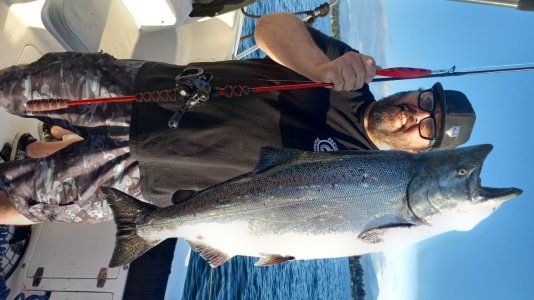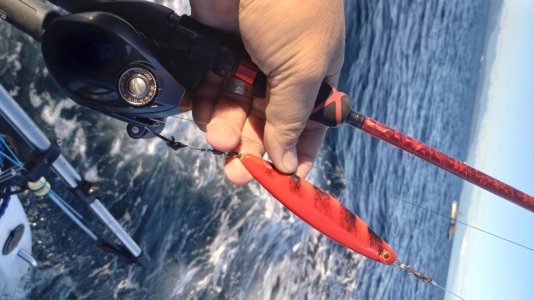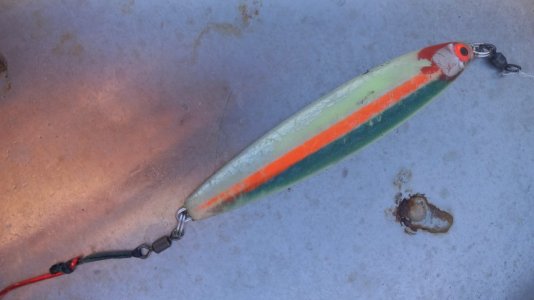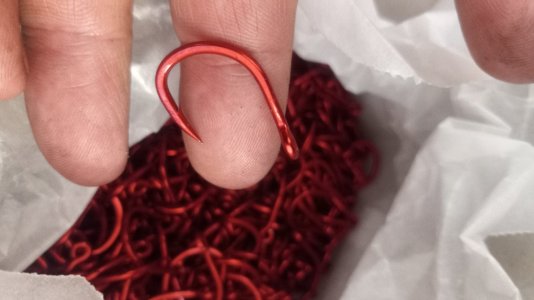westercoaster222
Member
Good day all. Campbell River area fisher here. We are into jigging salmon big time, as our 13' Whaler with one rigger is not very friendly for deep trolling.
Curious to hear your experiences with the flat fall style jigs, using the factory twin hooks, or removing those and going to swivel and siwash hook.
Hook up ratio on the factory twin hooks seem to be high, but is that high ratio worth the damage? I am trying to think through why a single would have much less of a ratio.
Another plus I see if the jig box could just be hookless jigs, and have a few pre crimped hooks ready to put on once the jig is selected. Keep the box tangle free.
Curious to hear your experiences with the flat fall style jigs, using the factory twin hooks, or removing those and going to swivel and siwash hook.
Hook up ratio on the factory twin hooks seem to be high, but is that high ratio worth the damage? I am trying to think through why a single would have much less of a ratio.
Another plus I see if the jig box could just be hookless jigs, and have a few pre crimped hooks ready to put on once the jig is selected. Keep the box tangle free.




